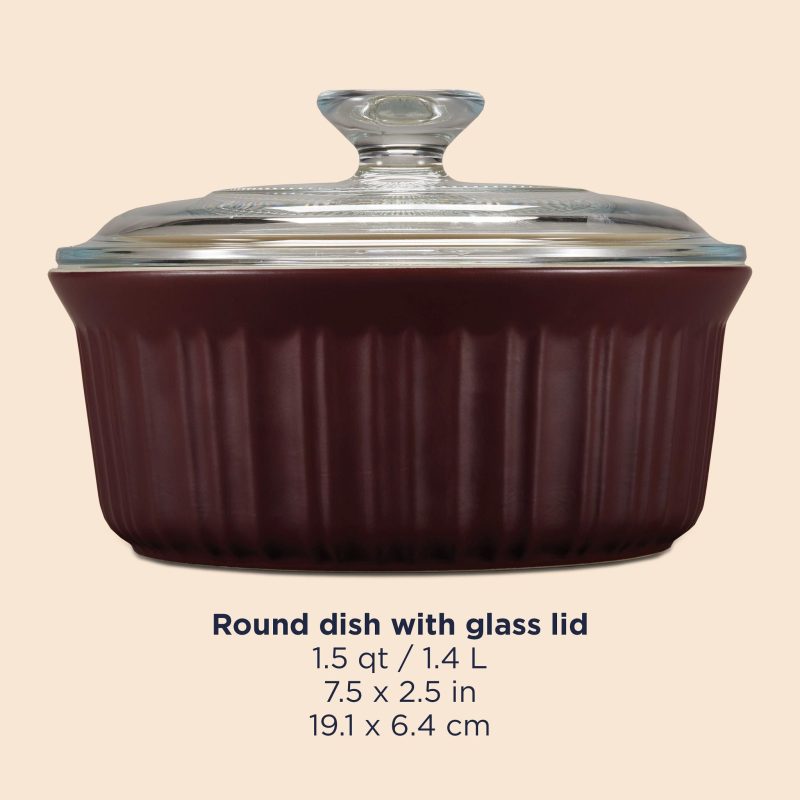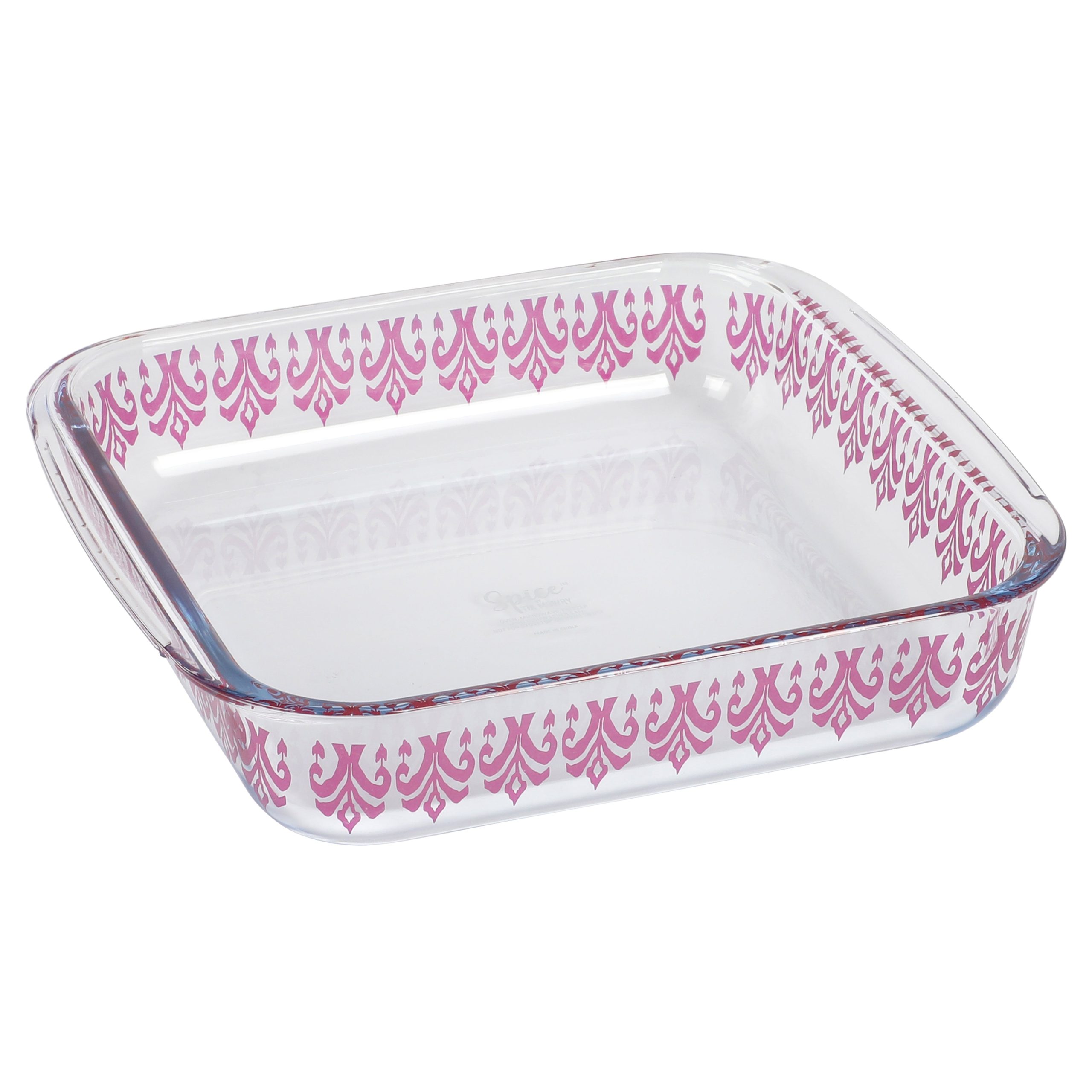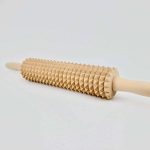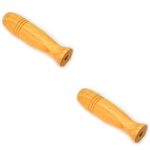Introduction
Glass vs ceramic baking dish – When it comes to equipping your kitchen with the best tools for cooking and baking, the choice between a glass and ceramic baking dish might seem trivial at first. However, each material has its own set of advantages and disadvantages that can significantly impact your culinary creations. Understanding these differences can help you make an informed decision about which type of dish best suits your needs and preferences.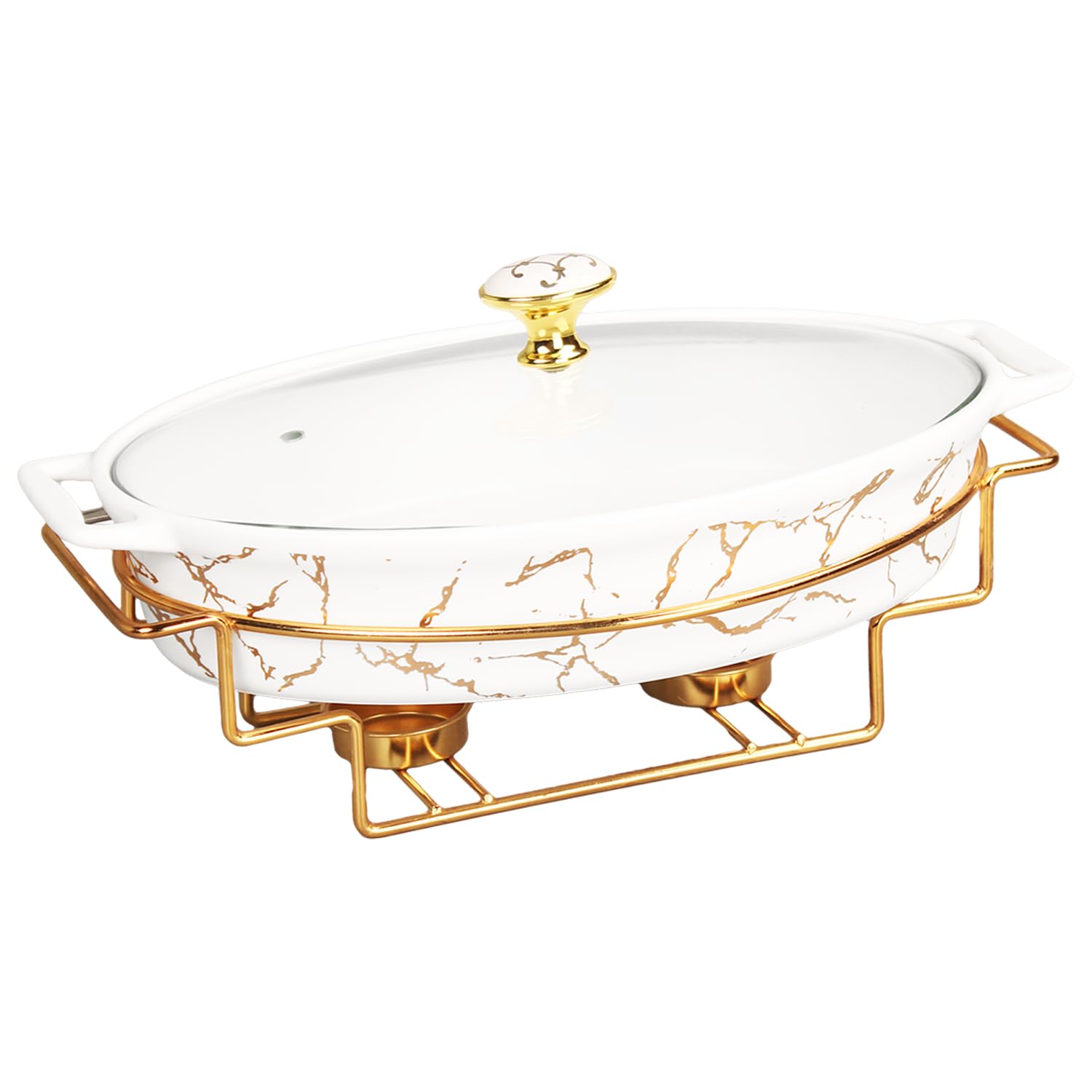
Thermal Properties
Glass Baking Dishes:
Glass is known for its even heat distribution, making it ideal for dishes that require uniform cooking, such as casseroles or baked pasta. It retains heat well, allowing food to stay warm longer after being removed from the oven. Glass is also non-porous, which means it won’t absorb odors or flavors from previous meals. However, glass has a higher thermal shock risk than ceramic, meaning sudden temperature changes (like moving a hot dish directly into cold water) can cause it to shatter.
Ceramic Baking Dishes:
Ceramic dishes, particularly those made from stoneware, offer excellent heat retention properties similar to glass but often with a more rustic and artisanal aesthetic. They can withstand high temperatures and are less prone to thermal shock compared to glass, making them versatile for both oven-to-table and oven-to-freezer use. Ceramics, especially unglazed or partially glazed types, can sometimes absorb moisture, affecting the texture of baked goods over time if not properly seasoned.
Durability & Maintenance
Glass Baking Dishes:
Glass is highly durable and resistant to scratches, making it a long-lasting option. It’s also easy to clean, dishwasher-safe, and stain-resistant. However, dropping a glass dish can lead to breakage, and chipped glass can be dangerous if unnoticed.
Ceramic Baking Dishes:
Ceramic dishes are generally sturdy but can be more susceptible to chips and cracks if handled roughly. Handwashing is often recommended to preserve the finish, although some modern ceramics are dishwasher-safe. The glaze on ceramic dishes makes them resistant to stains and odors.
Aesthetics & Versatility
Glass Baking Dishes:
Glass dishes have a classic, transparent look that allows you to monitor the browning and doneness of your food without having to open the oven door. This transparency can be advantageous when creating visually appealing layered dishes or desserts.
Ceramic Baking Dishes:
Ceramic dishes come in a wide variety of colors, shapes, and designs, adding an element of style and charm to your table setting. They’re perfect for serving dishes straight from the oven to the table, enhancing the presentation of your meals.
Cost Considerations
In general, glass baking dishes tend to be more affordable than their ceramic counterparts, especially for larger sizes. However, prices can vary greatly depending on brand, quality, and design.
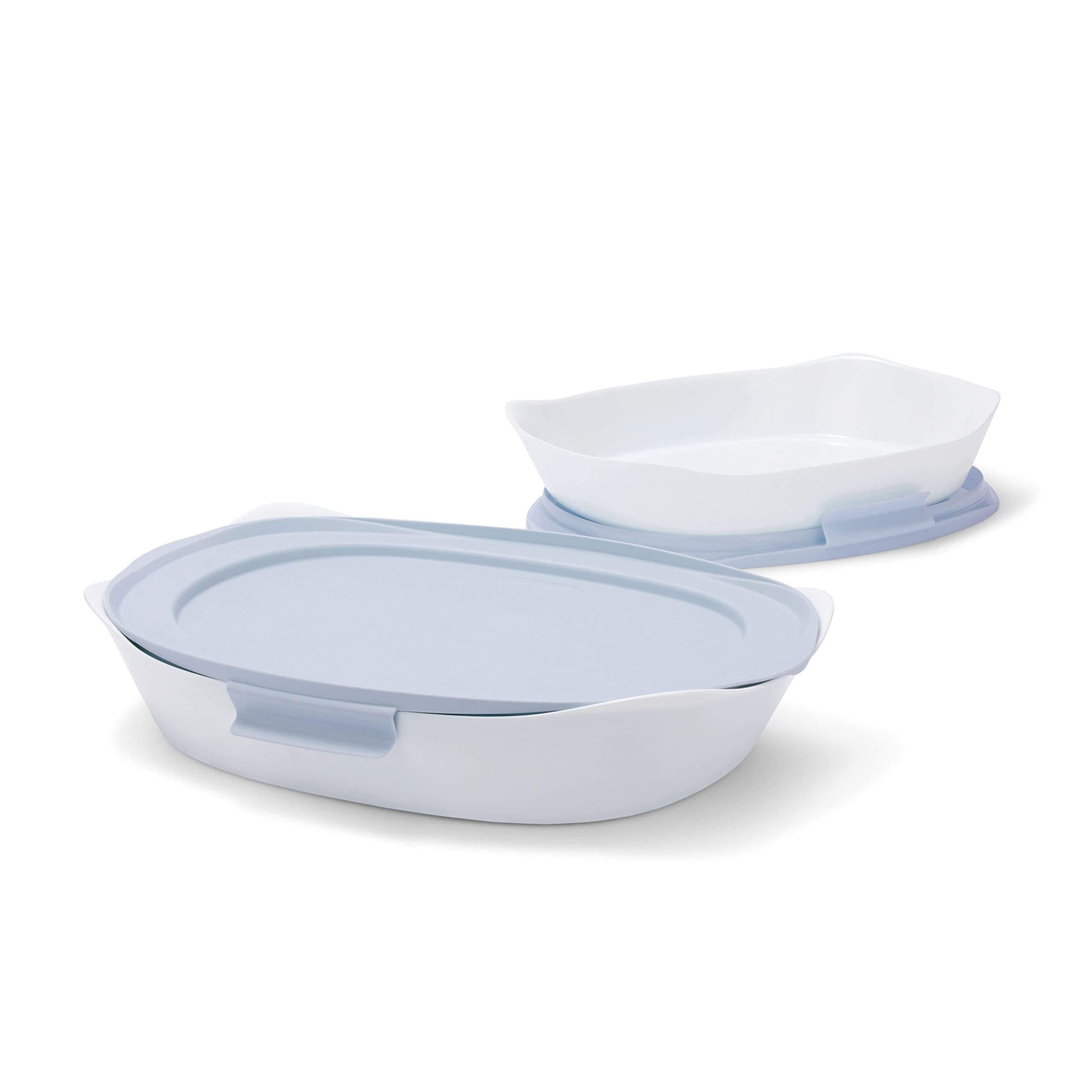 Glass Baking Dishes
Glass Baking Dishes
Advantages:
- Even Heat Distribution: Glass baking dishes heat up slowly and evenly, which helps in achieving consistent baking results. This even heating is beneficial for dishes that require uniform cooking throughout.
- Visibility: Transparent glass allows you to monitor the browning and cooking progress without opening the oven door. This helps maintain oven temperature and prevents potential fluctuations that can affect delicate bakes.
- Versatility: Glass dishes are typically safe for use in conventional ovens, microwave ovens, and even freezers. This versatility makes them suitable for a wide range of cooking and storage needs.
- Non-Reactive Surface: Glass is non-reactive, meaning it won’t absorb flavors or odors from food. This property makes it ideal for baking dishes used for both savory and sweet dishes without altering the taste.
- Ease of Cleaning: Glass baking dishes are generally dishwasher safe and easy to clean by hand. Their smooth surface prevents food from sticking, simplifying cleanup after baking.
Considerations:
- Fragility: Glass can be more prone to breakage or shattering under extreme temperature changes or impacts. Careful handling is necessary to prevent accidental damage.
- Slow Heating: While even heating is advantageous, glass dishes may take longer to heat up compared to metal or ceramic alternatives.
Ceramic Baking Dishes
Advantages:
- Heat Retention: Ceramic baking dishes retain heat effectively, which helps in keeping food warm even after it’s taken out of the oven. This property is particularly useful for dishes that need to stay warm until serving.
- Durability: Ceramic dishes are generally more durable than glass and less susceptible to breakage or scratching under normal use. This durability ensures longevity with proper care.
- Aesthetic Appeal: Ceramic dishes often come in various colors, shapes, and designs, making them aesthetically pleasing for serving directly from oven to table. They can enhance the presentation of your dishes.
- Non-Stick Properties: Many ceramic baking dishes are glazed, providing a non-stick surface that simplifies food release and cleaning. This makes them convenient for baking a wide range of recipes.
- Microwave and Dishwasher Safe: Similar to glass, ceramic dishes are often microwave and dishwasher safe, offering convenience in both reheating leftovers and cleaning up afterward.
Considerations:
- Weight: Ceramic baking dishes tend to be heavier than glass counterparts. This weight can affect ease of handling, especially when filled with food or moving from oven to table.
- Cost: Quality ceramic baking dishes may be more expensive than glass alternatives, depending on the brand, design, and manufacturing process.
Choosing the Right Dish for Your Kitchen
When deciding between glass and ceramic baking dishes, consider the following factors:
- Baking Preferences: Evaluate whether even heat distribution or heat retention is more crucial for your baking needs.
- Handling: Factor in the weight and durability of the dish, especially if you anticipate frequent use or serving directly from the oven.
- Cleaning and Maintenance: Determine your preference for dishwasher-safe materials and ease of cleaning based on your kitchen routine.
- Presentation: Consider the aesthetic appeal of ceramic dishes if you often serve meals directly from the oven to the table.
- Versatility: Assess whether you need a dish that can be used across different cooking methods, including microwave and freezer.
Both materials have their merits, and many home cooks find value in having a selection of both glass and ceramic dishes to suit various recipes and occasions. Whichever you choose, ensure proper handling and care to maximize their lifespan and enjoy delicious, beautifully presented dishes every time you bake.
Glass Baking Dishes
- Temperature Resistance: Glass can withstand high temperatures, typically up to around 500°F (260°C), making it suitable for a wide range of baking and roasting recipes.
- Safety: Borosilicate glass, commonly used in baking dishes, is known for its durability and resistance to thermal shock, reducing the risk of shattering due to sudden temperature changes.
- Browning: Glass dishes promote gentle browning, which is desirable for certain dishes like casseroles and lasagnas where a lightly browned crust is preferred.
- Size Variety: Glass baking dishes come in a variety of shapes and sizes, from rectangular to square and round, accommodating different recipes and serving needs.
Ceramic Baking Dishes
- Heat Retention: Ceramic dishes retain heat well, keeping food warm for longer periods after baking. This can be advantageous for dishes served at the table.
- Decorative Options: Ceramic dishes often feature decorative patterns, colors, and textures that can complement kitchen decor or enhance the presentation of food when serving guests.
- Handcrafted Quality: Some ceramic baking dishes are handcrafted, adding a unique touch of craftsmanship and individuality to your kitchenware collection.
- Environmental Impact: Some ceramic dishes are made from natural materials and are considered more environmentally friendly compared to certain types of glass production.
Practical Considerations
- Budget: Glass baking dishes are generally more affordable compared to high-quality ceramic options, which can vary significantly in price based on craftsmanship and design.
- Oven Compatibility: Both glass and ceramic dishes are compatible with conventional ovens. However, check manufacturer guidelines for specific temperature limits and usage instructions.
- Longevity: With proper care, both glass and ceramic baking dishes can last for many years. Ceramic dishes may offer slightly better durability against accidental impacts or drops.
- Food Types: Consider the types of dishes you most frequently bake. Glass is excellent for pies, casseroles, and lasagnas, while ceramic is well-suited for dishes that benefit from extended heat retention.
Conclusion
Ultimately, whether a glass or ceramic baking dish is better for your kitchen depends on your specific needs and preferences:
- If you prioritize even heat distribution, durability, affordability, and the ability to monitor your food while it cooks, a glass baking dish might be the right choice.
- On the other hand, if you’re looking for a dish with a unique aesthetic appeal, excellent heat retention for keeping food warm, and are willing to invest in a slightly more delicate and potentially costlier option, a ceramic baking dish could be ideal.
